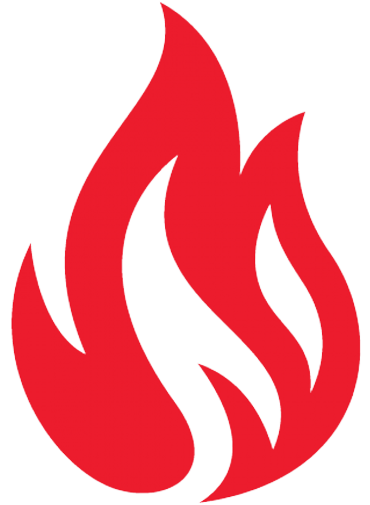What is a flow sheet in nursing?
What is a flow sheet? A flow sheet is simply a one- or two-page form that gathers all the important data regarding a patient’s condition, in this case diabetes. The flow sheet is housed in the patient’s chart and serves as a reminder of care and a record of whether care expectations have been met.
What should an emergency department do as a nurse?
Their duties will include:
- Assess patient symptoms and prioritise based on triage principles.
- Identify the medical problem and refer to appropriate medical services.
- Document medical history, medication and allergies.
- Administer medication, take blood samples, and insert IV’s.
- Clean and bandage wounds.
What are 5 duties of an emergency room nurse?
ER Nurse Responsibilities:
- Being ready to respond and equipped to deal with a medical emergency.
- Quickly assessing patient needs.
- Treating critical injuries, allergic reactions, and trauma.
- Performing minor medical operations.
- Cleaning wounds.
- Drawing blood.
- Maintaining emergency room care standards.
What procedures do ER nurses do?
Key Responsibilities of an ER Nurse Perform minor medical procedures, such as setting broken bones. Clean wounds and apply sutures. Draw blood, start intravenous lines and administer medications. Maintain patient records.
What does a flow sheet consist of?
A diagram that shows the order of steps in a complex process. Also called flow chart.
What is the flow sheet used for?
Using Flowsheets, you can, Record and track Patient’s health vitals and other custom parameters (like Hunger Level, Pain Severity, etc. Pull lab results and review them along with the Patient’s other health data.
What is the responsibility of the emergency department?
Although the core role of EDs is to evaluate and stabilize seriously ill and injured patients, the vast majority of patients who seek care in an ED walk in the front door and leave the same way. Data from the Community Tracking Study indicate that most ambulatory patients do not use EDs for the sake of convenience.
How do you handle an emergency patient?
How To Handle A Medical Emergency Effectively
- Stay Calm And Composed. Medical emergency is an alarming situation and can make people anxious.
- Call Medical Emergency Services At Once. Help takes time to arrive.
- Always Carry A First Aid Kit.
- Give CPR To The Patient.
What order does the work of the emergency department proceed in?
The triage registered nurse might assign you a priority level based on your medical history and current condition according to the following scale: Level 1 – Resuscitation (immediate life-saving intervention); Level 2 – Emergency; Level 3 – Urgent; Level 4 – Semi-urgent; Level 5 – Non-urgent.
How many patients does an ER nurse see in a day?
Any where from 15 to twenty depending on the flow. Depends on the day and if we have any holds waiting for rooms. Per shift the ER I work for sees about 50 pts so about 100 total for a 24 hr period.
What is does a flow sheet track?
However, unlike lab tables, Flowsheets allow you to track any patient criteria including weight and blood pressure. They are particularly useful for specific patient populations like patients with diabetes or congestive heart failure.
What are the 3 emergency action steps?
Three C’s of an Emergency & Three P’s of First Aid
- Check. Check means checking for anything unsafe.
- Call. In emergency situations, it’s important to call 911 immediately.
- Care. After checking the scene and calling for help, provide care until medical professionals arrive on the scene.
What drugs are given during CPR?
Understanding the drugs used during cardiac arrest response
- Adrenaline. This is the first drug given in all causes of cardiac arrest and should be readily available in all clinical areas.
- Amiodarone.
- Lidocaine.
- Atropine.
- Additional drugs.
- Calcium chloride.
- Magnesium sulphate.
- Miscellaneous drugs.
What are the 5 levels of triage?
In general, triage categories can be expressed as a Description (immediate; Urgent; Delayed; Expectant), Priority (1 to 4), or Color (Red, Yellow, Green, Blue), respectively, where Immediate category equals Priority 1 and Red color [1,2]. …
